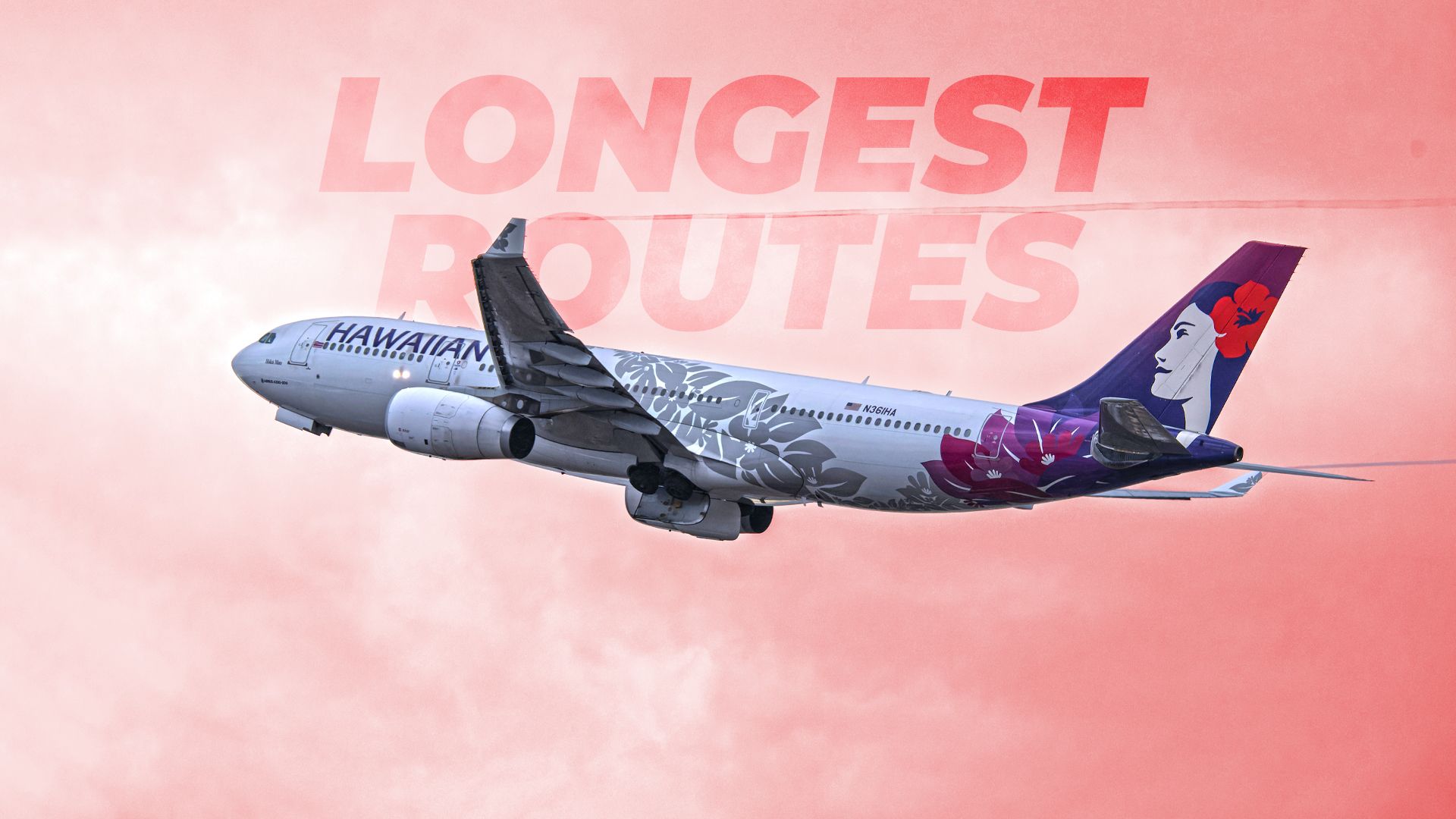In March 2025, Hawaiian Airlines continues to expand its global presence by utilizing its Airbus A330-200 fleet for long-haul flights connecting the Hawaiian Islands to key markets in Asia, Oceania, and North America. As the airline transitions to newer aircraft like the Boeing 787-9 Dreamliner, the A330 remains integral to its long-haul operations, offering a blend of range and capacity essential for these routes.
The A330 not only symbolizes Hawaiian’s ambitions to tap into major international markets but also embodies the airline’s commitment to providing its renowned island hospitality across the Pacific. With flights reaching over 5,000 miles, these routes exemplify the aircraft’s endurance and its critical role in maintaining Hawaii’s connectivity to the world.
Hawaiian Airlines and the A330-200 Fleet
The Airbus A330-200 is the backbone of Hawaiian Airlines’ long-haul operations in 2025. This widebody aircraft combines significant cargo capacity with optimal range and seating configurations suitable for the Pacific’s medium- to long-haul markets. The A330’s journey with Hawaiian began in April 2010, when the airline took delivery of its first aircraft from Toulouse, France.
This acquisition marked a pivotal shift from a Boeing-dominated fleet to a new generation of long-range aircraft. At that time, the A330 provided modern technology, improved fuel efficiency, and greater passenger and cargo capacity compared to the Boeing 767. The inaugural service on the Honolulu–Los Angeles route highlighted Hawaiian’s goals to enhance its long-haul network while elevating the passenger experience.
Configured with lie-flat premium seating and an efficient economy cabin, the A330 allows Hawaiian to adjust capacity across its routes to Asia, Oceania, and the continental United States without needing to change aircraft. This flexibility is crucial for profitability within the airline’s hub system, which operates under various constraints such as daylight rules and curfews. Even as the 787-9 enters service on new routes, the A330 continues to serve markets that align with its operational strengths.
Long-Haul Routes and Operational Efficiency
Among the most significant routes in Hawaiian’s 2025 A330 network are its transcontinental flights, which are true endurance tests for the fleet. The longest route, from Honolulu International Airport (HNL) to Boston Logan International Airport (BOS), averages approximately 5,095 miles each way, with around 55,322 seats available. Close behind is the route to Sydney Kingsford Smith Airport (SYD), measuring 5,066 miles, which offers approximately 72,500 seats.
These long-haul flights require meticulous payload management, precise fuel planning, and consistent performance amidst varying jet stream conditions. Strategically, these routes capitalize on high-demand travel markets, balancing inbound leisure passengers with outbound travelers from Hawaii. They also showcase Hawaiian’s premium service offerings, directly competing with mainland airlines.
Hawaiian Airlines’ operational strategy for these sectors hinges on high-yield demand, particularly in business-class seating. Each flight surpasses ten hours in duration, pushing the endurance limits of both the aircraft and crew, while reaffirming the A330’s reliability over the Pacific Ocean.
In the long-haul category of 4,000 to 4,999 miles, Hawaiian connects cities such as Honolulu to John F. Kennedy International Airport (JFK) at 4,983 miles, and Seattle-Tacoma International Airport (SEA) to Tokyo Narita Airport (NRT) at 4,796 miles. These routes not only cater to leisure and business markets but also enhance Hawaii’s appeal as a nonstop destination, enabling the A330 to maintain capacity even during shoulder seasons.
Within the 3,000 to 3,999-mile range, routes such as Honolulu to Tokyo Haneda Airport (HND) at 3,854 miles and Tokyo Narita at 3,818 miles solidify Hawaiian’s presence in the vital Asia market. These routes attract significant volumes of Japanese leisure travelers and strengthen Hawaii’s ties with its key tourism partners. Scheduling is optimized for efficient connections, with departures from Honolulu arriving in Asia in the morning.
At the shorter end of the A330 network, flights such as Honolulu to Los Angeles International Airport (LAX) at 2,556 miles and Kahului Airport (OGG) to LAX at 2,486 miles illustrate the aircraft’s strategic importance. While categorized as short-haul, these routes connect Hawaii to major West Coast hubs, where robust, high-capacity service is essential.
Hawaiian’s use of the A330 for these shorter routes not only enhances passenger comfort but also reinforces its commitment to regional connectivity. The aircraft’s ability to operate efficiently from warmer airports and on extended overwater routes with limited diversion options demonstrates its versatility.
In summary, the Airbus A330 remains a cornerstone of Hawaiian Airlines’ fleet in 2025, supporting both its long-haul ambitions and regional service needs. As Hawaiian Airlines gradually incorporates more Boeing 787-9 aircraft, the A330’s role will continue to adapt, focusing on routes where its economics and reliability shine. The aircraft’s legacy will be felt long after its retirement, marking a significant chapter in Hawaiian’s history of expanding its global reach while maintaining the island charm that defines its service.
